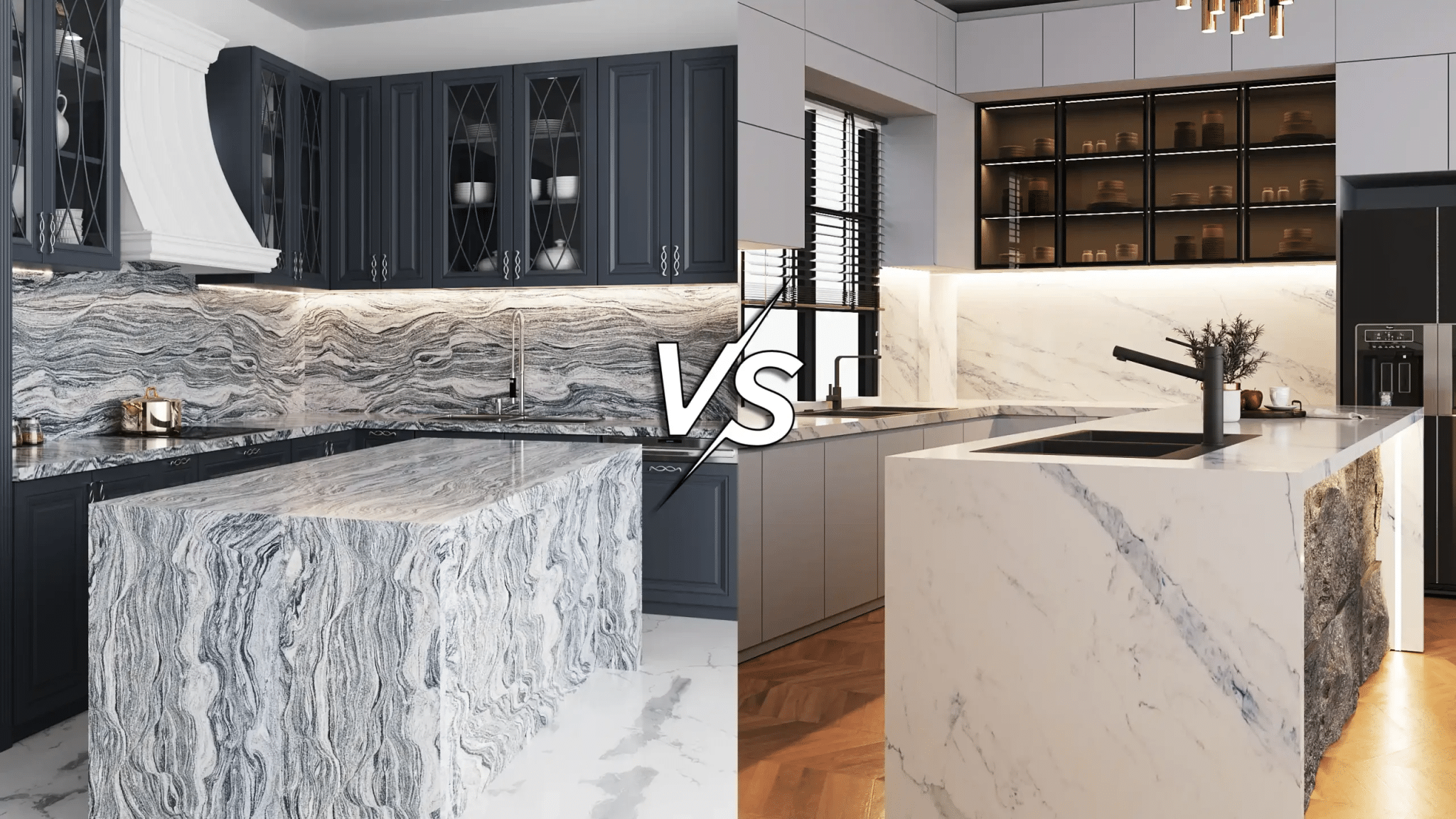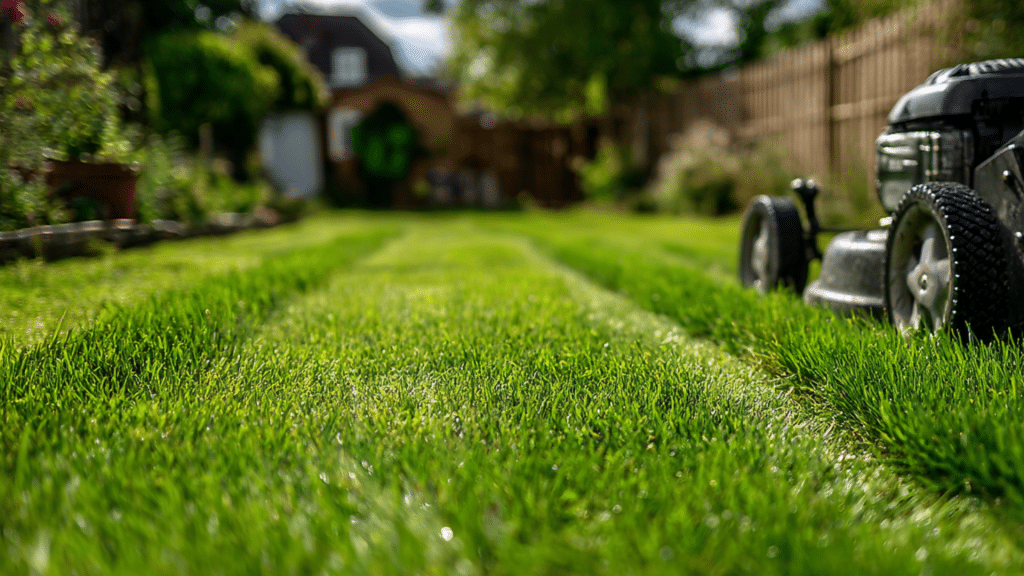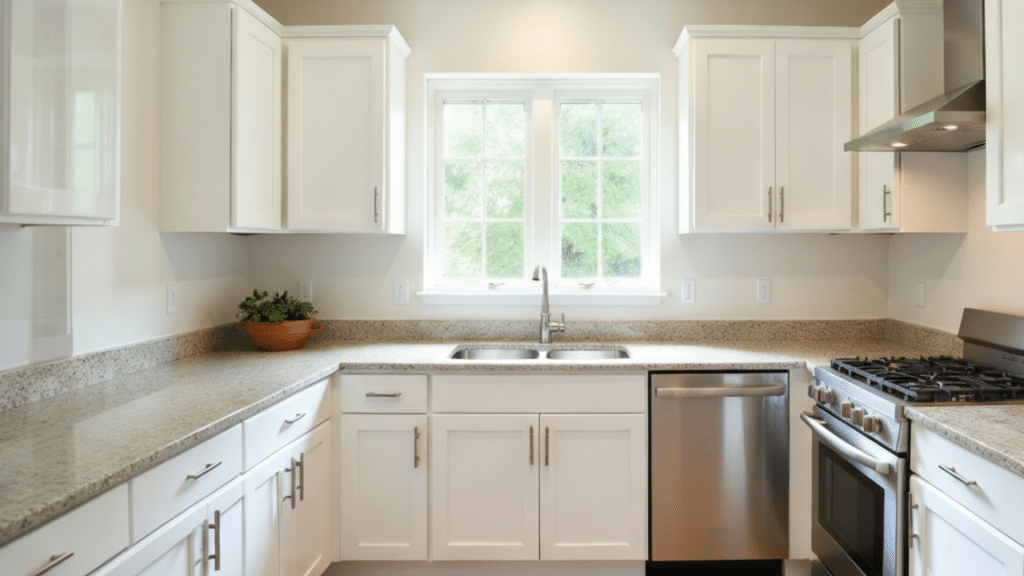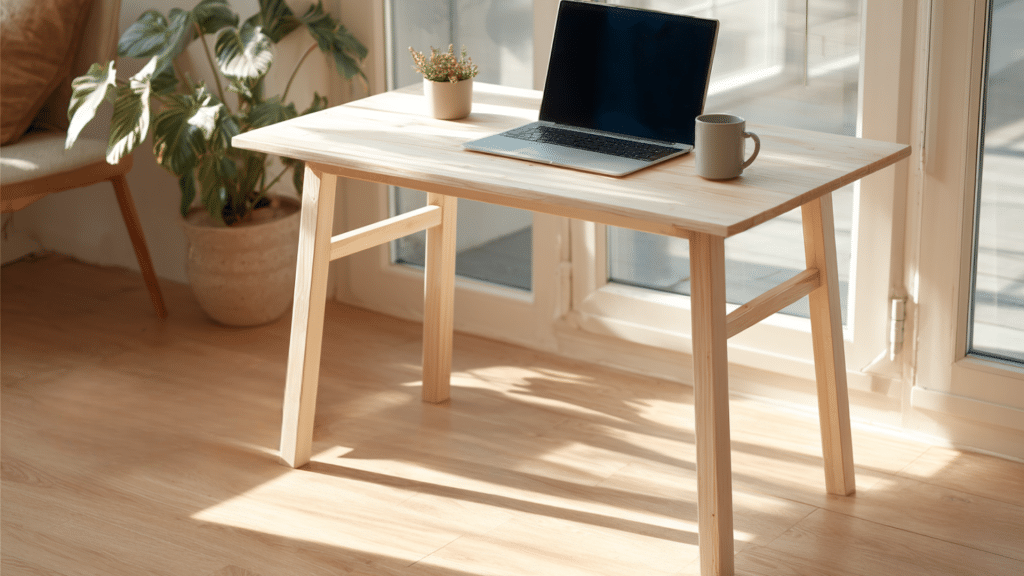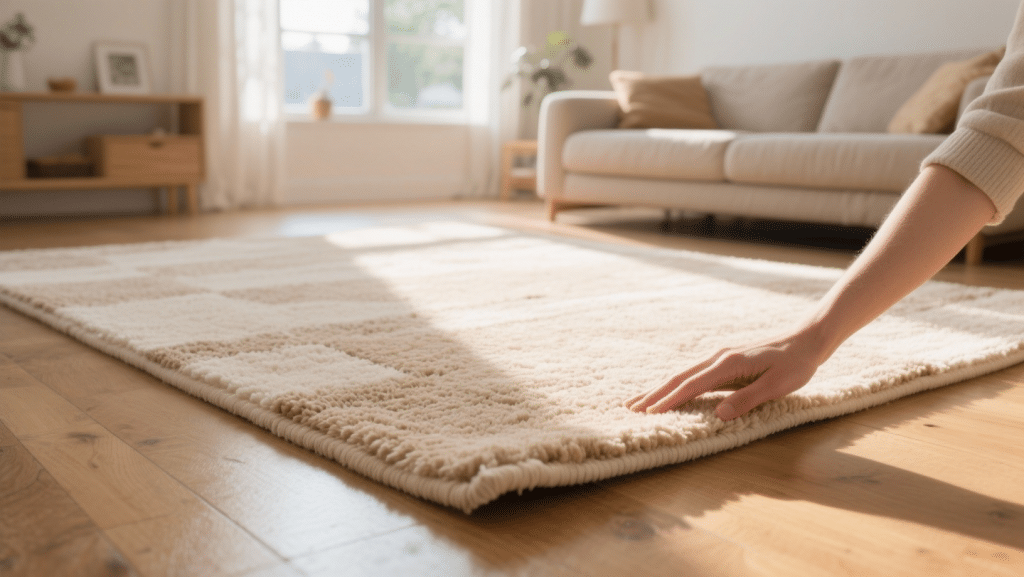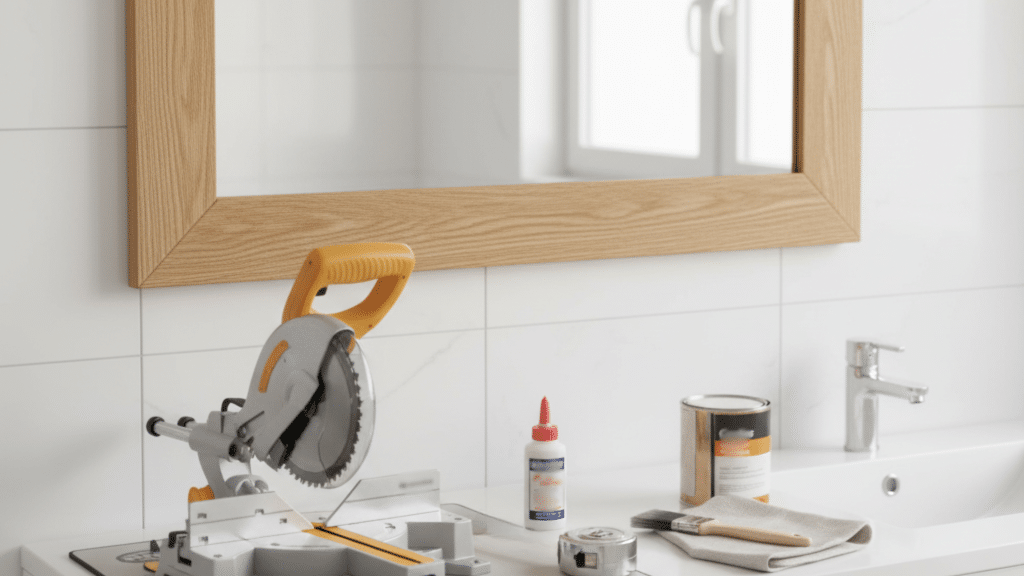Shopping for new countertops? Homeowners get conflicting advice from every salesperson. One pushes granite’s natural beauty, another swears quartz is maintenance-free.
Meanwhile, they’re wondering which actually works better in real kitchens.
Both have serious flaws. Granite stains easily, but quartz melts under hot pans. The right choice depends on how people cook and live.
This comparison reveals real-world performance without the sales pitches. Just honest facts to help homeowners choose wisely.
Quartz vs. Granite: Quick Overview
When it comes to stone countertops, quartz and granite are two of the most popular choices, but they’re very different in how they’re made and how they perform.
Quartz is an engineered stone, created from crushed quartz mixed with resins.
It delivers consistent patterns, a wide variety of colors, and a non-porous surface that resists stains and bacteria without any sealing.
Granite is a 100% natural stone, cut directly from quarries and polished for use.
Each slab is unique, with natural swirls and mineral patterns. It’s tough, heat-resistant, and beautiful, but because it’s porous, it requires periodic sealing to prevent stains.
Key Comparison: Quartz vs. Granite
| Factor | Quartz | Granite |
|---|---|---|
| Cost | $50-$120 per square foot installed. Pretty consistent pricing across colors. | $40-$150 per square foot installed. Rare colors cost way more. |
| Sustainability | Uses mined quartz but requires manufacturing energy. Some brands use recycled materials. | Natural stone with minimal processing. Mining has an environmental impact, though. |
| Durability | Extremely hard. Resists chips and cracks well. It can discolor from UV exposure outdoors. | Very hard natural stone. Can chip at edges if hit hard enough. |
| Maintenance | No sealing needed. Just soap and water for cleaning. Avoid harsh chemicals. | Needs sealing every 1-2 years. Daily cleaning with mild soap. |
| Heat Resistance | Can handle moderate heat. Hot pans can damage resin; use trivets. | Handles extreme heat. You can put hot pots directly on it. |
| Decorative | Consistent patterns. Wide color range. It can mimic other stones. More uniform look. | Each slab is unique. Natural patterns and veining. One-of-a-kind beauty. |
Pros and Cons of Granite Countertops
Pros
- Distinct, one-of-a-kind colors and patterns.
- Extremely durable; hard to scratch or stain.
- Withstands high temperatures (great for hot pots and pans).
- Increases property value; seen as a luxury material.
Cons
- It can chip or crack due to natural striations.
- Very porous, meaning it easily absorbs oils, food, and wine stains unless sealed.
- Hard to match slabs for future projects.
Pros and Cons of Quartz Countertops
Pros
- Wide range of colors and patterns, including solid options that mimic marble or granite.
- Non-porous, i.e, resistant to stains, cracks, and bacteria.
- No sealing or special cleaning needed; very low maintenance.
Cons
- It may look man-made compared to natural stone.
- Not fully heat-resistant; hot cookware can damage the surface.
- It can discolor over time, especially under direct sunlight.
Is Quartz Better than Granite?
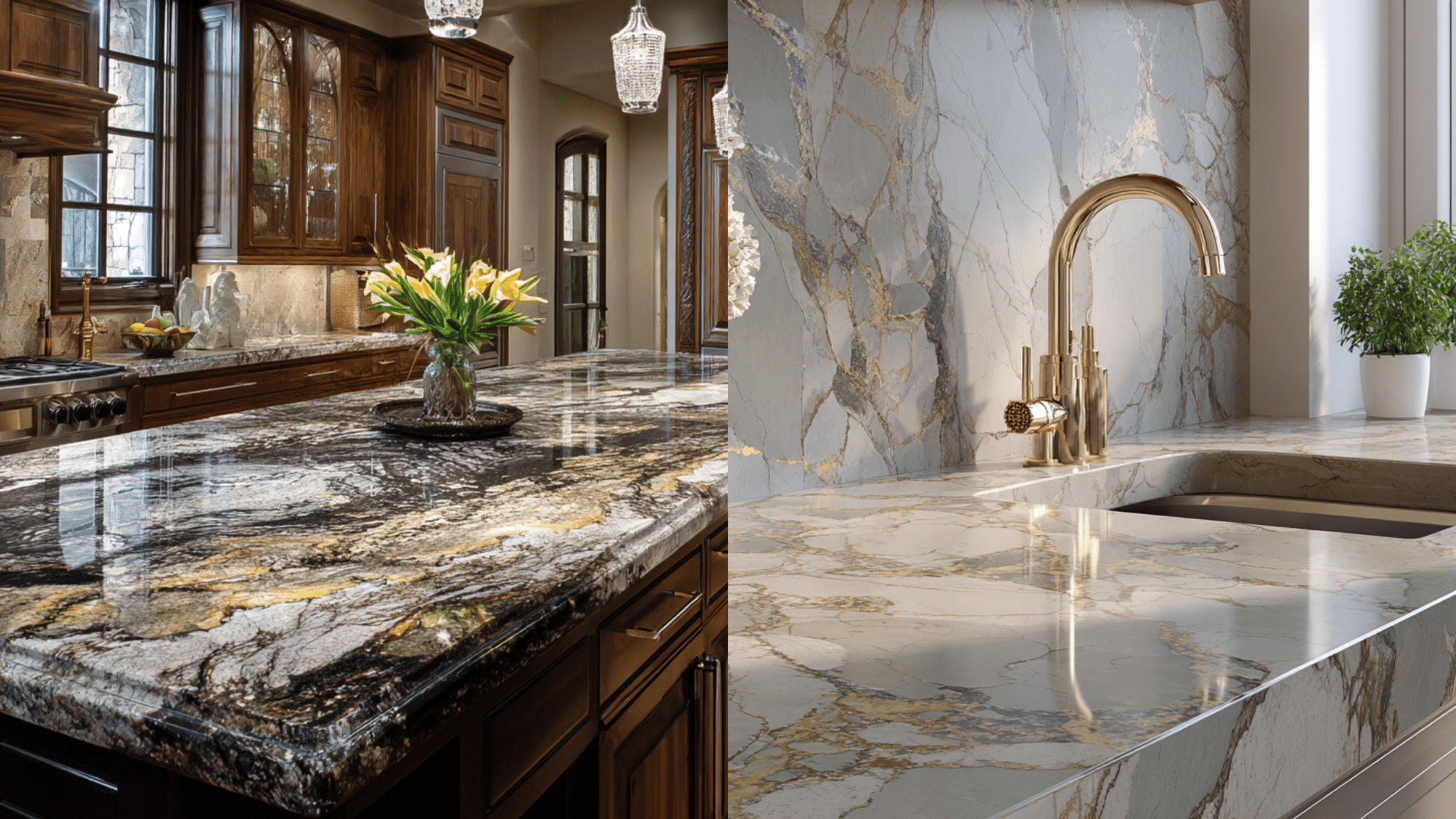
There’s no clear winner. When people ask which is better, quartz or granite, I say it depends on your lifestyle.
Quartz is better for low maintenance. No sealing, no stains. Perfect for busy families. Kids spill juice? Just wipe it up. Granite is a better choice if you cook frequently and prefer natural beauty.
Each slab is unique. You can put hot pans directly on it. Serious cooks love that heat resistance. Think about your routine. Meal prep? Bake often? Barely cook? Your answers matter.
Some people regret granite because they forget to reseal it. Others wish quartz handled heat better.
Price-wise, they’re similar. Good installation matters more.
Care And Maintenance
| Feature | Granite | ✨ Quartz |
|---|---|---|
| Sealing | Requires sealing every 1–3 years to prevent stains and bacteria. | No sealing needed (non-porous). |
| Cleaning | Use mild soap and warm water or stone-safe cleaner. Avoid harsh chemicals, vinegar, or bleach. | Clean with mild dish soap and water. Avoid abrasive pads and harsh chemicals. |
| Stain Prevention | Porous: spills (oil, wine, coffee, citrus) must be wiped quickly. | Highly stain-resistant, but spills should still be cleaned promptly. |
| Heat Resistance | Excellent, can withstand hot pots/pans, though trivets are recommended. | Poor, sensitive to high heat; always use trivets or hot pads. |
| Scratch/Chip Resistance | Durable, but can chip/crack due to natural striations. | Very durable; less prone to chipping, but difficult to repair if damaged. |
| Repairs | Chips/cracks require professional repair; patching natural stone is tricky. | Damage is rare but may require the replacement of a section if it occurs. |
Ideas and Inspirations
Want some inspiration? Here’s how to make the most of each material.
Quartz Design Ideas
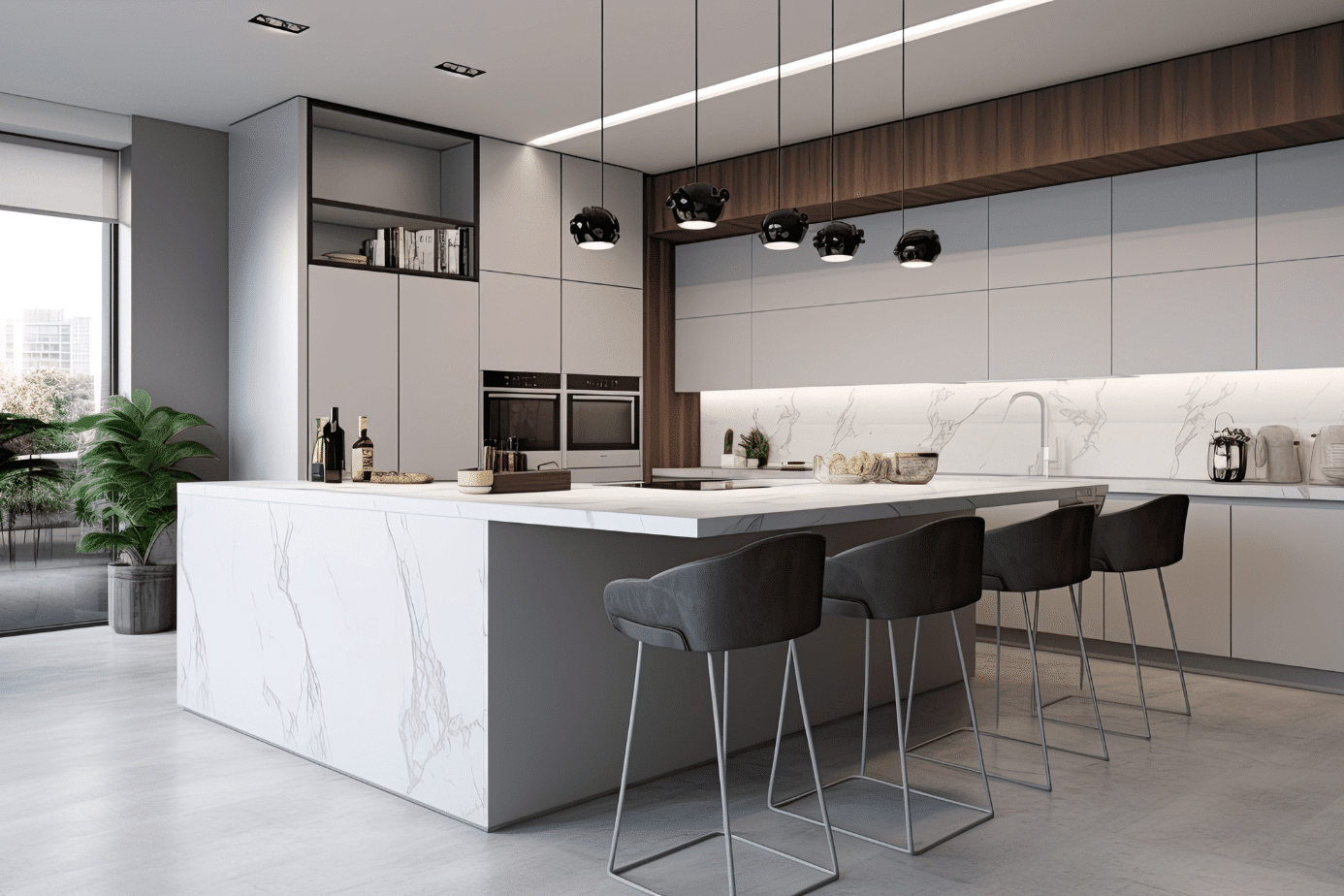
- Kitchen Islands: Go bold with a waterfall edge. Quartz’s consistent pattern makes this look clean and modern. White quartz with gray veining works great for this.
- Mix and Match: Use quartz on your perimeter counters and wood on the island. Or flip it—quartz island with butcher block elsewhere. This saves money and adds visual interest.
- Bold Colors: Since quartz comes in any color, why not try navy blue or deep green? These unexpected choices make your kitchen stand out.
Granite Design Ideas
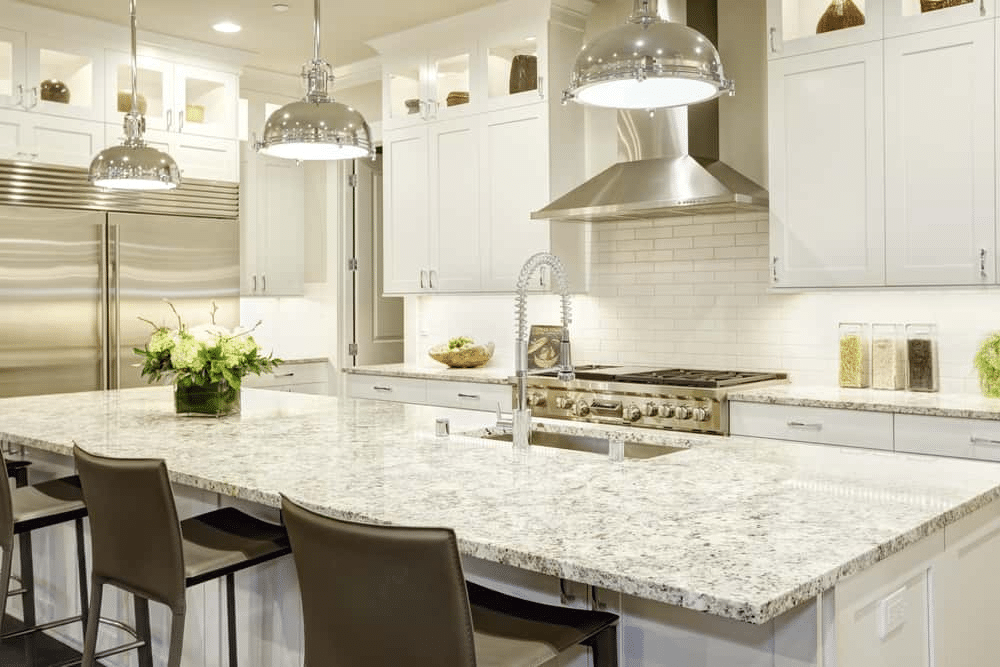
- Show Off the Pattern: Got a granite slab with dramatic veining? Make it the star. Keep your backsplash simple, maybe just white subway tile. Let the granite do the talking.
- Leather Finish: Instead of polished granite, try a leather finish. It’s textured, hides fingerprints better, and feels unique under your hands.
- Outdoor Kitchens: Granite handles weather like a champ. Perfect for outdoor grilling stations. The sun won’t fade it, and rain won’t hurt it.
Conclusion
So, which is better, quartz or granite?
After breaking down all the factors, here’s the truth: choose quartz if you value convenience above all else, and granite if you want authentic natural stone and don’t mind the upkeep.
Both materials last for decades when properly installed and look great in any kitchen.
The “better” choice simply fits your lifestyle. Busy parent who forgets maintenance? Quartz.
Pick what works for your family, cooking habits, and maintenance tolerance. You really can’t go wrong either way.

